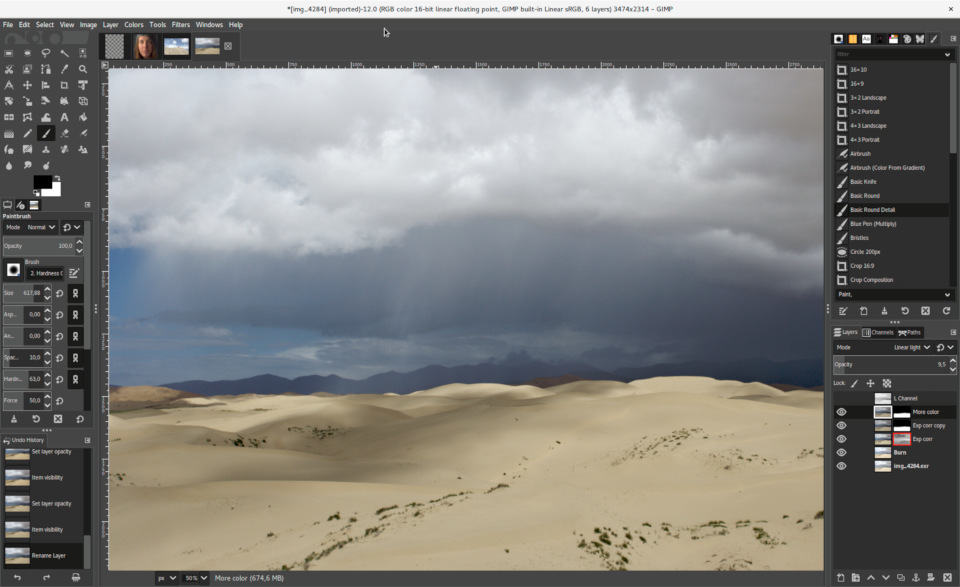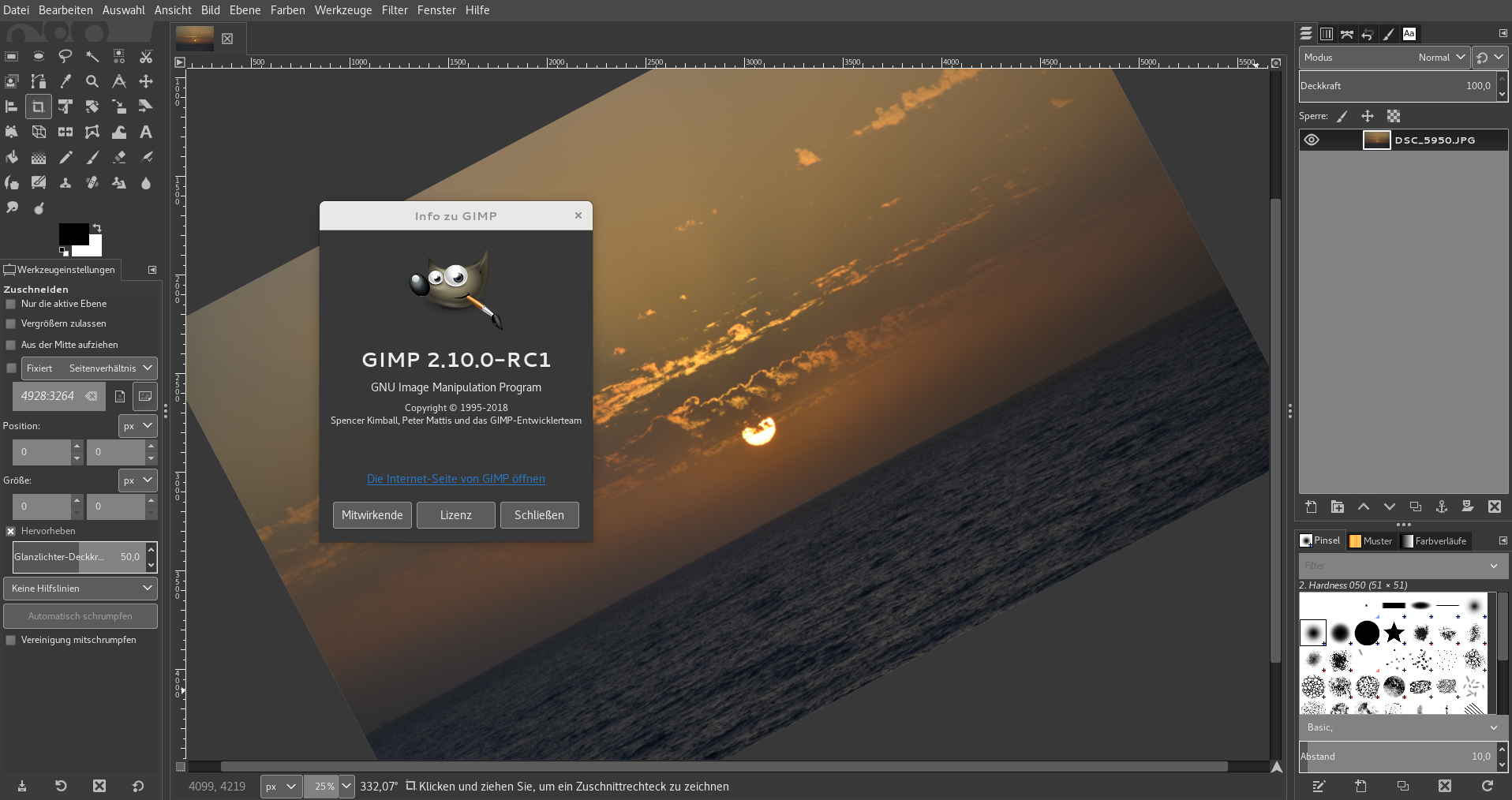

Lcms, libpng, libjpeg, libtiff, libbzip2, libgs (Ghostscript), libjasper Here, we have covered the following dependencies mentioned in the GIMP Install file: Python-dev libffi gmic icc-profiles glew-utils libtiff-opengl Libgs-dev libcurl4-gnutls-dev libgudev-1.0-dev git-core libtool python-gtk2-dev \ Liblcms2-dev pkg-config intltool fontconfig libfreetype6 libbz2-dev libjasper-dev \ Libgtkmm-2.4-dev libtiff-dev libpng-dev libjpeg-dev liblcms-dev libiptcdata-dev \ Mint-user # sudo apt-get install build-essential cmake mercurial libgtk2.0-dev Because in the Debian ecosystem, apt-get will not make it more complex, just a little bit more download. These are useful if we also want to install a RAW editor like RawTherapee/ UFRaw. While we are at it, I have also included dependencies for image formats and color management. We’ll build some dependencies at system-level because most of these libraries are also crucial for other image editing software, so it is a good idea to have them at /usr partition. It should apply to other derivatives of Ubuntu 11.10 as well.

This how-to is for Debian ecosystem, and it was tested on Linux Mint 12 (Lisa) updated as on. But perhaps a bigger advantage is that this creates a portable version, that can simply be copied and reused (in another machine, or in case of OS re-installation). It is crucial to install it first in a separate standalone location that doesn’t affect the system.

Gimp is a large application, therefore has many dependencies.

Anyone would know how critical it would be to preserve exif data when an edited image is exported as JPEG. To elaborate on essentials, for example, Gimp out-of-the-box doesn’t come with EXIF support. In this post, we’ll compile Gimp 2.8.2 with some essential libraries/ plugins. My intention in this post and a similar (to be followed) is to create a reference for building the essential image editors required for any photographer using Linux. For the rest of us, we need to install it from scratch because PPAs are not available. If you have Ubuntu 12.04 upwards, you need just 3 lines of code to install Gimp 2.8 via the terminal. However, just like most current linux software, there is no straightforward installation of v2.8.x for those of us who do not fancy a new operating system every 6 months in the linux ecosystem, if we have made the OS customized to our needs and concentrate on actual work, we are a minority. That, and a host of other improvements, make it a “must-have” in any photo editor’s desk. The GNU Image Manipulation Program has just turned awesome with its single window mode in v2.8.


 0 kommentar(er)
0 kommentar(er)
